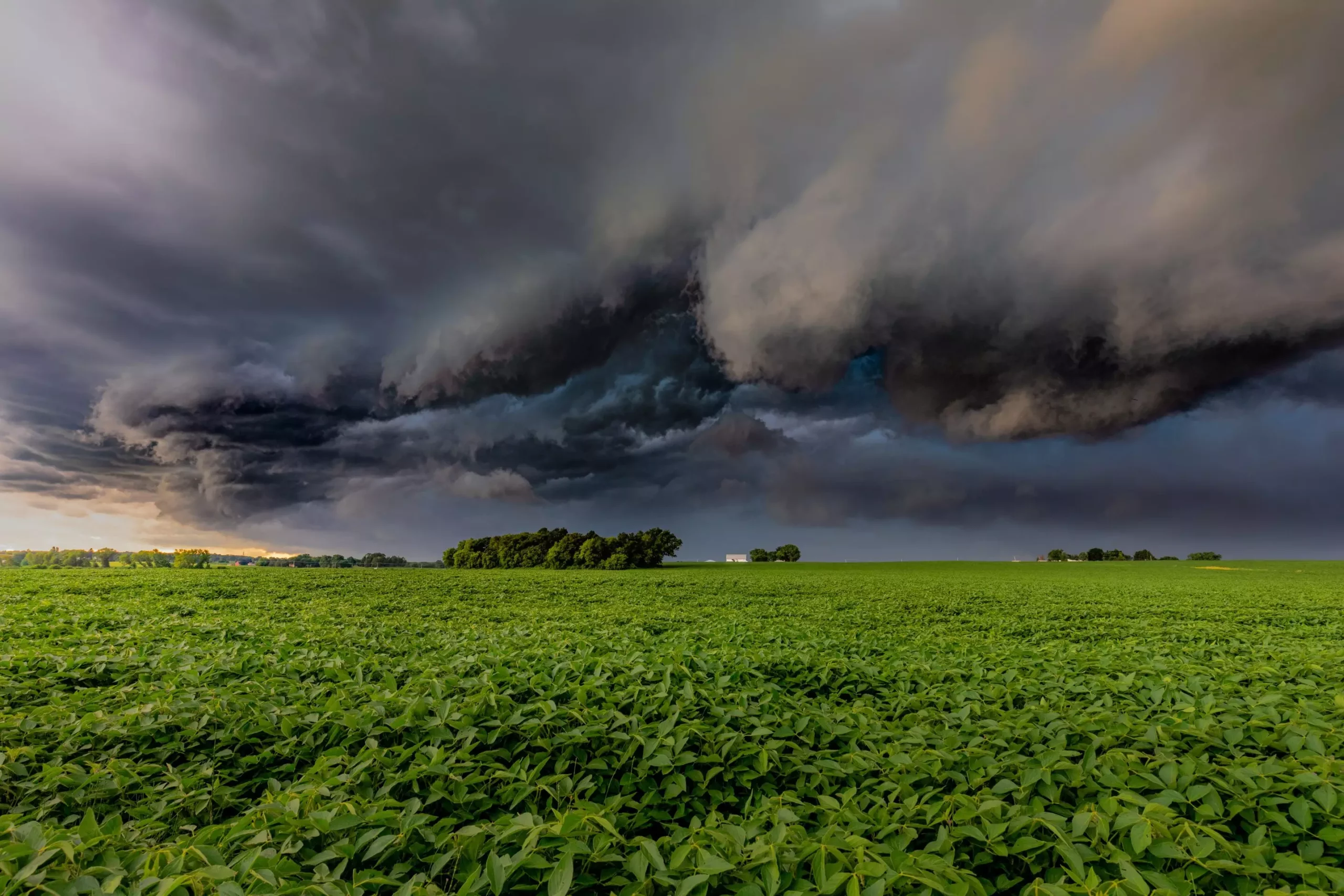Destructive winds originating from thunderstorms in the central United States have been steadily increasing in frequency and geographic scope, driven by the warming temperatures caused by climate change. A recent study conducted by the U.S. National Science Foundation (NSF) National Center for Atmospheric Research (NCAR) reveals that the central U.S. has witnessed a significant five-fold expansion in the area affected by damaging thunderstorm straight line winds in the past four decades. This alarming trend poses severe threats to buildings, power grids, and human safety.
The Unseen but Devastating Power
Straight line winds, propelled by vigorous downdrafts from the base of thunderstorms, are classified as damaging if they surpass 50 knots or approximately 57 miles per hour. These abrupt gusts, escalating from calm conditions to wind speeds of 60 to 80 miles per hour, trigger substantial damages that accumulate an estimated $2.5 billion in losses annually in the United States. In 2020, a particularly potent derecho caused an estimated $11 billion in damages as it swept across the Midwest. The intensified impact of straight line winds due to climate change has prompted scientists to investigate these phenomena further.
While researchers have long been intrigued by the connection between climate change and straight line winds, accurately simulating and analyzing such short-lived and localized events has proven challenging. Computer models used to simulate climate conditions historically lacked the resolution necessary to capture these brief but powerful meteorological events. Furthermore, contradictory weather observations have depicted periods of reduced wind activity globally, despite simultaneous increases in maximum wind speeds. In a bid to assess the expanding occurrence of damaging straight line winds, NCAR scientist Andreas Prein harnessed a high-resolution computer simulation, named CONUS404, which accurately simulated climate and hydrological conditions at a resolution of 4 kilometers (2.5 miles) across the continental United States over the past 40 years.
Focusing on summertime conditions in the central U.S., renowned for its propensity for straight line winds, Prein employed the intricate details provided by CONUS404. By delving into the simulation’s comprehensive data, the research expanded its analysis from a mere 95 weather stations to a staggering 109,387 points across the simulation. The findings showcased a worrisome 4.8-fold increase in the extent of the area affected by straight line winds during the last four decades. To validate the credibility of the simulation, Prein compared it with past measurements of influential winds, including the 2020 derecho. This meticulous analysis affirmed that CONUS404 reliably captured straight-line winds, in stark contrast to previous simulations hindered by coarse resolution.
The Role of Climate Change: Altering the Landscape
Prein embarked on unraveling the role of climate change in fueling the surge of damaging straight line winds by scrutinizing their intricacies and the thermodynamics at play. Rain and hail at higher altitudes evaporate and cool the ambient air, causing it to plunge downwards, eventually generating intense winds that propagate outward at the surface. By assessing this process, Prein’s calculations demonstrated that climate change exacerbates the situation by amplifying the temperature disparity between the cooled air in downdrafts and the encompassing warm air. Consequently, the heightened temperature contrast expedites the descent of cold air, enhancing the likelihood of thunderstorms producing destructive winds.
The implications of this research emphasize the urgent need to incorporate the escalating risk of straight line winds when formulating strategies to mitigate the impacts of climate change. The resilience of infrastructure must be a paramount concern, ensuring that it can withstand the frequently overlooked threat of these winds. Proactive measures and adaptive infrastructure planning can help safeguard buildings, power grids, and, most importantly, human lives from the rising menace of destructive winds.
The intensification of straight line winds in the central United States represents a concerning consequence of climate change. The widespread increase in the area affected by these damaging winds serves as a stark reminder of the urgent action required to address climate change and its impacts on our environment and infrastructure. Through comprehensive research and strategic planning, we can build a resilient future capable of withstanding the destructive forces of our changing climate.


Leave a Reply